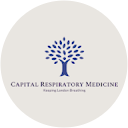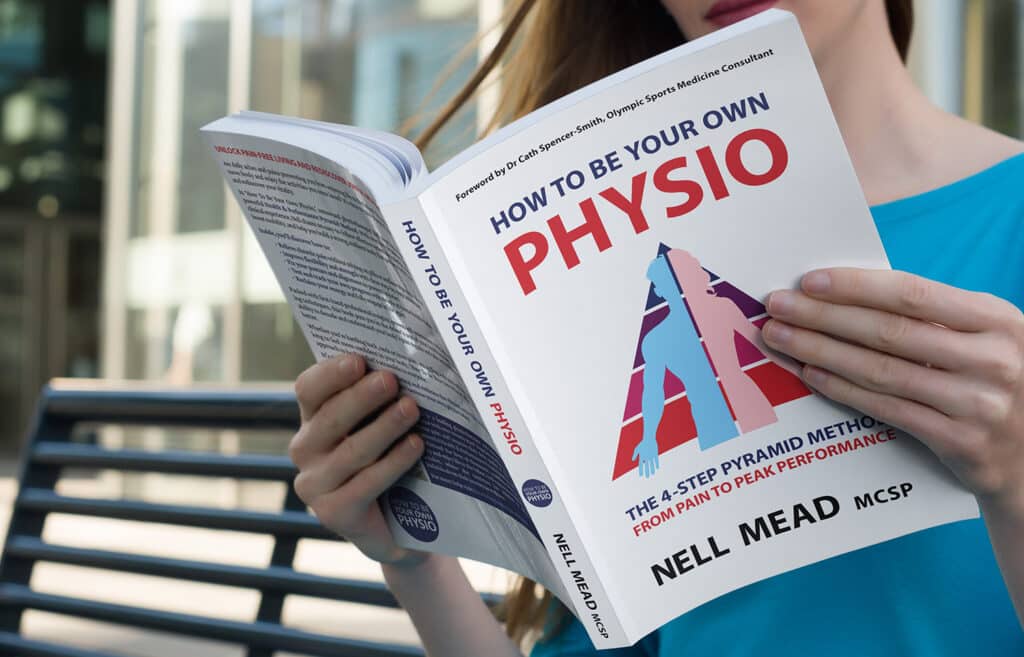The best surgical results occur when three things align: a great surgeon, a great patient, and a great physio/rehab team, all communicating and working together towards the same goal.
Football-loving entrepreneur Ben, aged 30, was referred for physiotherapy and rehabilitation by his surgeon, top knee consultant Ian McDermott at London Sports Orthopaedics. His right patella kept dislocating and MRI and CT scans had shown that it was structurally deficient — the trochlea was L-shaped instead of V-shaped (patellar dysplasia); the attachment of the patellar tendon onto the tibia was 22mm too far lateral, which alters the direction of force; and his medial retinaculum (the band of fascia that holds the patella in place) was stretched and deficient. These are three major factors that make it much more likely that the patella is able to dislocate — slip to the outside of the knee, causing pain and damage to the joint. Ben had dislocated too many times, and he’d simply had enough.
Mr McDermott was planning major surgery — essentially three operations in one. He was going to:
- relocate the patellar tendon medially (known as a tibial tuberosity medialisation osteotomy)
- put in a medial patellofemoral ligament (to reinforce the retinaculum and prevent the patella from drifting to the outside)
- do a lateral release, where the fascia that attaches to the outside of the patella is cut, to reduce the lateral forces.
But before this could happen, we needed to step in and get Ben started with some hands-on physiotherapy and training, to give the operation the best possible chance.
As I mentioned in last week’s post, structure isn’t the only thing that’s vital for normal patellofemoral function— you also need optimal mechanics, muscle tone, technique and weight management. And while Ben’s weight wasn’t an issue, he certainly had problems with mechanics and muscle tone. His pelvis was rotated, his glutes weren’t firing normally, his hamstrings were excessively tight, and his right foot was also very tight — all problems that had developed as his body did its best to compensate for his poorly-formed knee joint.
With just 4 weeks before surgery, time was tight, so Ben threw himself into a “prehab” regime, working on mobilising his pelvis and foot, stretching his hamstrings, rehabilitating his inhibited glutes and building up his non-existent quads… and, amazingly, by his surgical date, he actually had excellent control of his knee in functional activities such as squat and weight transfer, and was already feeling better than he had in years!
However, we knew that he still needed the surgery, as the structural damage to his knee was fairly severe; so, with his permission, I went along to watch the operation at London Bridge Hospital. I try to observe any surgeries that my patients have, as both observing the operation itself and discussing the case with the surgeon allows me to prepare optimally for the post operative period. I like working with Mr McDermott because he trusts physiotherapists to make sensible decisions about rehabilitation; but some surgeons have very strict post-operative protocols that they want physios to follow, and it’s helpful to know exactly what the surgeon wants from the start, so that they, I and the patient can work as a team towards an optimal outcome.
The surgery itself was successful. The three procedures went off well and after two weeks for Ben to recover from the trauma of the surgery and the anaesthetic, we were able to resume physio and then rehab — initially in a knee brace with limited range of motion, but this quickly became redundant.
Ben worked really hard at his post-op rehab. Within a week of resuming physio, he was able to do 10 straight leg raises; after another 4 weeks, he was doing sets of 50. After two months he had recovered full range of motion and was training for 30 minutes, 6 days per week; after 6 months he was bounding on a trampette… and he’s now pain free whether he’s crawling, running, jumping or hopping in any direction!
In fact, in the end, Ben discovered a new love of training and is now fitter and healthier than he’s ever been — and the only thing that still bothers his knee is the cold. Researchers aren’t sure why cold weather makes injured or post-operative joints stiff and sore, but one theory, based on a small study, is that inflamed joints swell as barometric pressure drops; and that the swelling irritates the nerves around the joints, causing pain. Fortunately, an inexpensive neoprene support can usually alleviate this issue — so Ben, Mr McDermott and Team Victory are all delighted with his outcome.
Does any of this sound familiar? Are you due to have orthopaedic surgery soon? If so, it’s important to make sure your physio and your surgeon are in contact; and that you are physically prepared for your operation. If you’d like us to help you personally, please do call us at Nell on 0207 175 0150, and we’ll look forward to meeting you.







